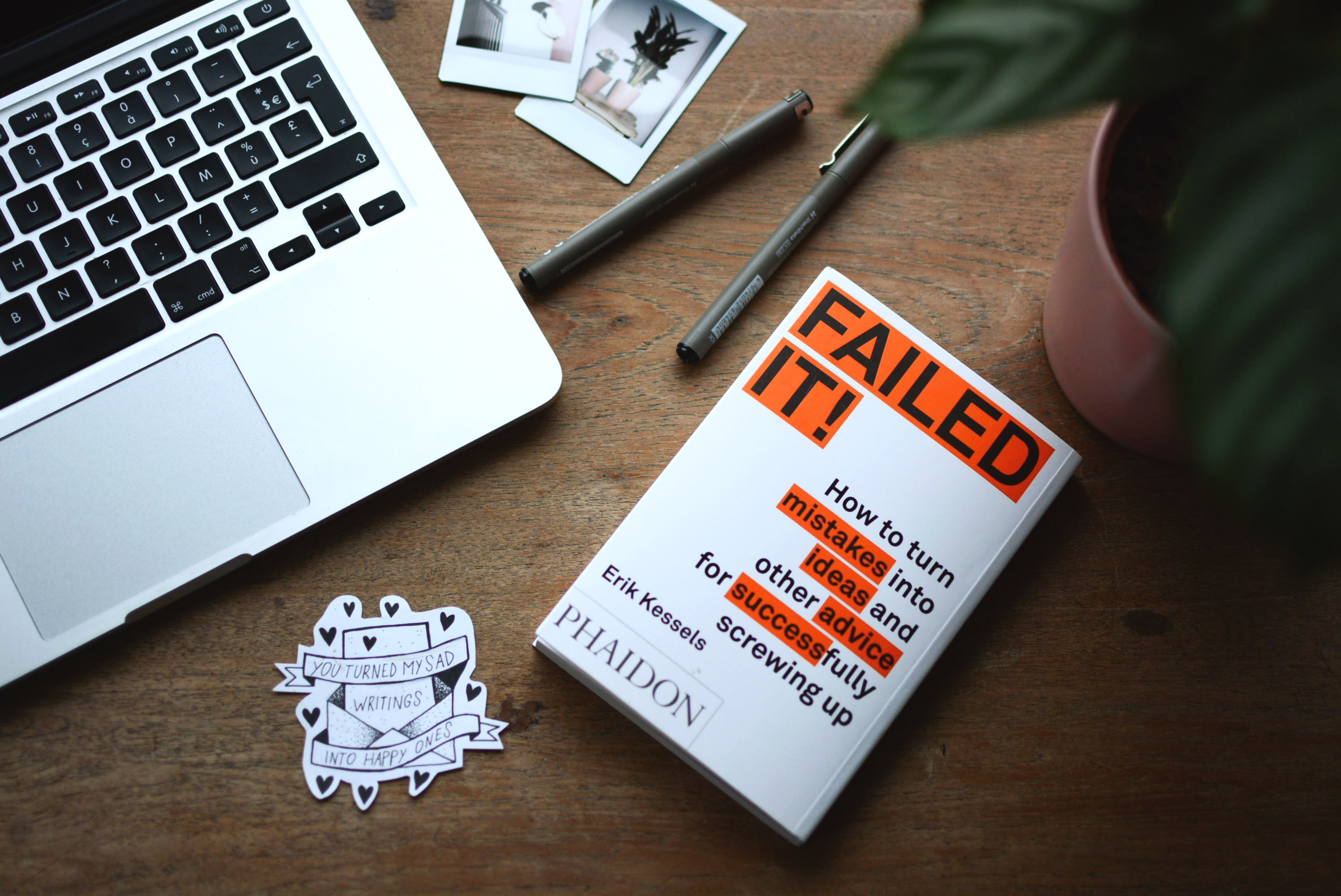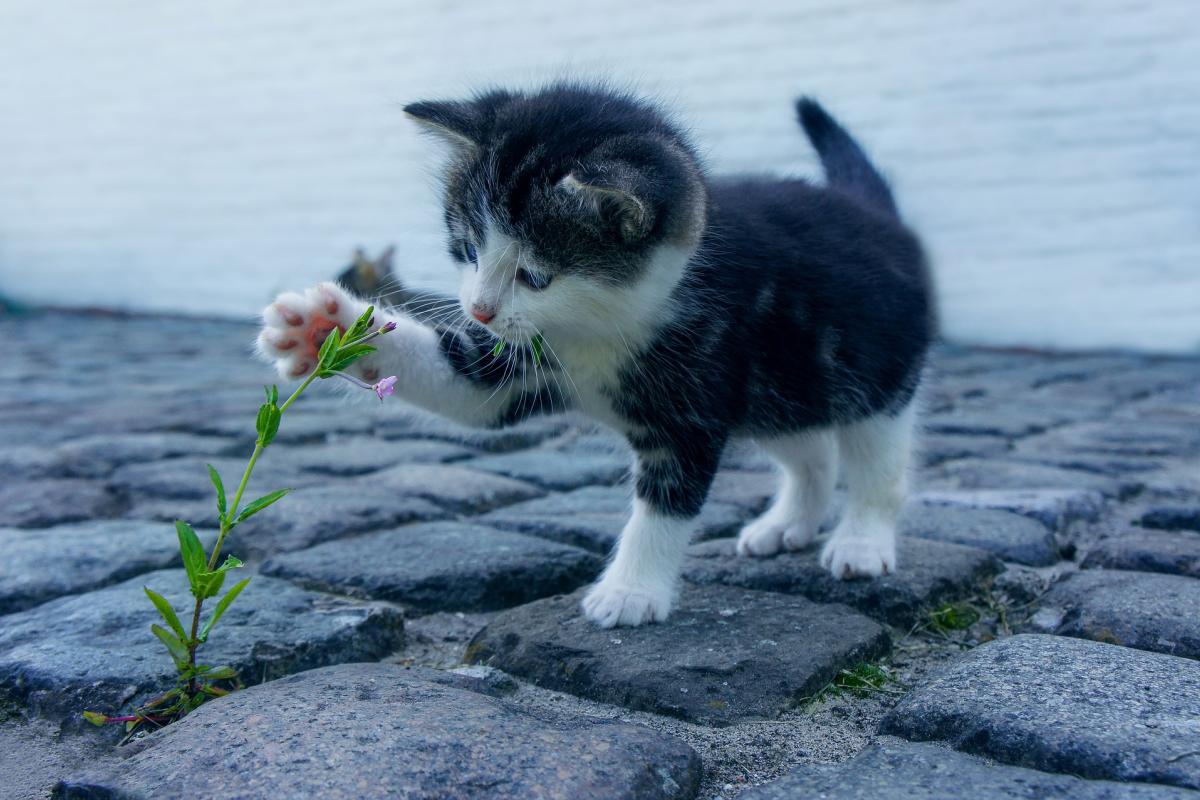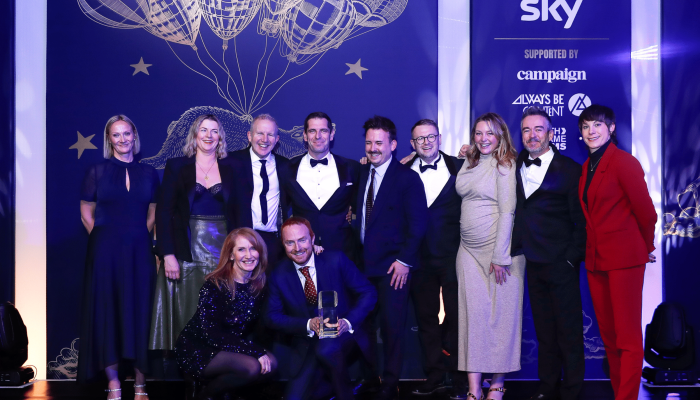You may have seen already, but The Marketing Society have been promoting the idea of bravery in marketing as their annual theme of 2017. Whilst it’s a nice idea, it seems to me that this concept is increasingly popping up in all walks of life. For example, football boss Mauricio Pochettino, recently published a book titled ‘Tottenham’s Brave New World.’ And aside from the football field, you could argue that Brexit, Donald Trump and Jeremy Corbyn are examples of bravery too.
All three have been successful by not playing safe and defying convention.
I remember reading about a survey from a few years ago where a number of marketing directors were given the choice of having a TV ad campaign that could have a 70% chance of being a 9 out of 10 in terms of success and the value it would deliver to the business.
However, there was a 30% chance it could be a 2 out of 10 – in other words, a total disaster. The second choice was a 100% guarantee of 5 out of 10 in terms of a very average campaign with very average results. A vast majority of those questioned chose the safe, don’t ‘rock the boat’ option. Clearly the cost of a TV ad campaign is seriously expensive and those who went for the safe option preferred job security, to the high-risk option.
You may be wondering why I’ve chosen to discuss the topic at hand, but I actually wrote about bravery in marketing in 2015 on the Marketing Society blog.
But much has happened since then so I feel it’s time to approach it again. Given that the agency I work for, Your Favourite Story, is focused on using digital to unlock success for product launches, I thought I would specifically focus on this area. So here are a few ways to be brave with your new product launch:
Risk = mistakes = learning = improving

The survey above shows the pressure of a corporate environment and how it can create a low-risk culture which punishes mistakes, both big and small. In my opinion, this is not going to help create a spirit of innovation of any organisation, in an increasingly competitive world.
The great thing about digital marketing is you can experiment on a small scale so the mistakes are not prohibitive in terms of cost or reputation.
However, the key point here is that you must learn and adapt with the aim of improving performance.
Product/market fit
Brands take a considered, test and learn approach to new product development. But when it comes to launch, they often go for the traditional big bang approach. At Your Favourite Story, we believe that it’s better to develop the product and marketing side by side.
It’s better to start testing your marketing activities with a core target audience, so you can optimise and improve ROI over time.
Dare to be different

Probably where most companies play it safe is in their creative execution. Social media marketing is an example where initially many companies start out like corporate robots on their social channels. But over time when they begin to understand the landscape, they develop a more human voice.
Many large companies now use a much more comedic approach on channels like Twitter which companies like Paddy Power first pioneered.
Focus
Another way to be brave is to have focus, particularly with a new launch. Typically, with a new launch, the temptation is to try to go after as many different audiences as possible rather than focusing on trying to establish the product first with a core group and build from there.
As Michael Porter famously once said, “the essence of strategy is choosing what not to do”.
Humans, and especially entrepreneurs, are naturally greedy and instinctively want everything at once.
But if we look at the bigger picture, it’s better to evolve your product and marketing over time. Facebook has 2 billion monthly users, which is about 25% of the planet. However, when it launched it was just aimed at just Harvard students. Then once this was successful, they expanded it to higher education institutions in the Boston area, the Ivy League schools and Stanford University. Facebook gradually added support for students at various other universities, and eventually to high school students as well.
Being brutally honest
A year ago, Gemma Greaves wrote about how being brave was about showing vulnerability and having brutally honest and difficult conversations within marketing teams and their organisations – and I couldn’t agree more. Very often companies become slightly deluded about who they are and what they mean to their customers, and also who are their customers. I remember in 1990s working for IPC Magazines, when Loaded magazine was our flagship brand.
The advertisers were all told that the audience was typically a 30-year-old male with a high-flying job, when in reality it was teenage boys. And even today, lots of brands still convince themselves that their brand is consumed by different people to the true reality of the situation.
Another example is when brands launch websites or apps without properly conducting user testing. It’s much better to go through the early pain of negative user feedback, then see an investment in a new digital platform fail to attract and keep its audience, due to usability issues.
There are lots of different ways individual marketers and brands can become brave. They can take more risks, they can create a better culture for innovation and they can become creative in their message. Ultimately, they can do less things but do them better.
At the end of the day, remember playing safe is no longer the safe option.
By Sean Singleton, Managing Director at Your Favourite Story. Follow him @paulpingles



